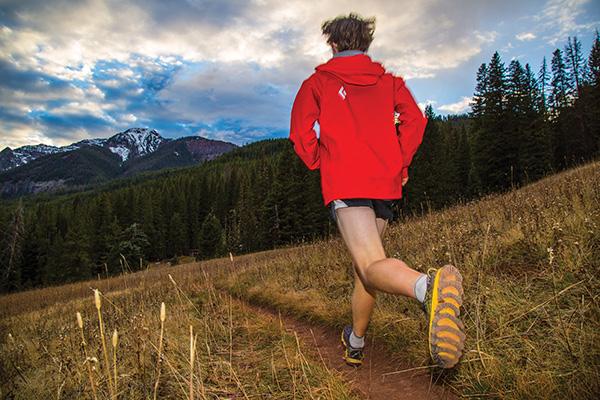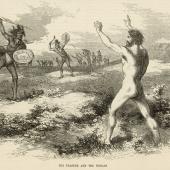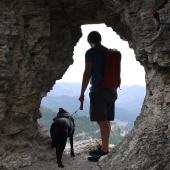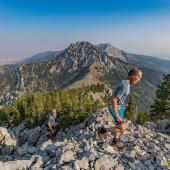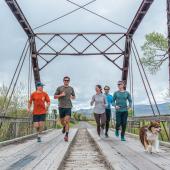Mountain Strong
Training for summer trail races.
Southwest Montana is undoubtedly a Mecca for mountain trail running. Not only do we have alpine opportunities just minutes from our doorstep, but we have some burly mountain races as well. With the Rut, Devil’s Backbone, the Ridge Run, the Bangtail Divide, and many others fast approaching, training starts now. Here are some tips and reminders to get you back on your feet.
Base Training
Consider the age-old analogy: to build a house that will stand the test of time, you must lay a strong foundation. Build a house on a poor foundation and the house will come tumbling down. Early-season training is the time to build the foundation for those big summer runs. Use the spring to establish consistency in your training, while slowly adding volume—in terms of mileage and vertical gain. Take time to correct imbalances, strengthening the core, and parts of your body that are prone to injury (e.g., those weak ankles that have been in ski boots all winter).
Train for Terrain
Do some homework on the races you plan to run and be sure to consider the type of terrain involved. Will the course have long sections of scree? Will it have big climbs and technical descents, or rolling hills and smooth singletrack? Do I want to use trekking poles? Asking these questions will help you determine the terrain you should be training on, as well as the appropriate gear you will need to integrate into your routine.
Ignore the Watch
During the early season, focus more on perceived effort than the hard numbers. Pace is not everything. Due to wet and snowy trails, running in the spring is bound to be slower and more challenging. Keep in mind that your pace on the flats will not directly translate to your pace in the mountains.
Get New Shoes
During the Rut last year, I realized that my shoes had over 1,000 miles on them; my body remembered this for a few days. I recommend starting the season with a fresh pair. Most shoes only last about 300-500 miles. If you’re an avid runner, that’s just a few months. If you initially liked a pair of shoes and then begin to experience aches and pains, this usually means those shoes are expired.
Find Dry Trails
Running the same muddy and snowy trails every day can be cumbersome. Luckily, thanks to the climatic diversity of the Gallatin Valley, dry trails can be found if you are willing to drive. Be sure to check out Bear Trap Canyon, the Continental Divide Trail near Homestake Pass, and the trail network at Lewis and Clark Caverns State Park. For long early-season runs, try the desert trails south of Gardiner in Yellowstone National Park. Stop by Bozeman Running Company for more trail beta and updates on conditions.
Zach Altman is a mountain runner and the race director for Bozeman Running Company.

